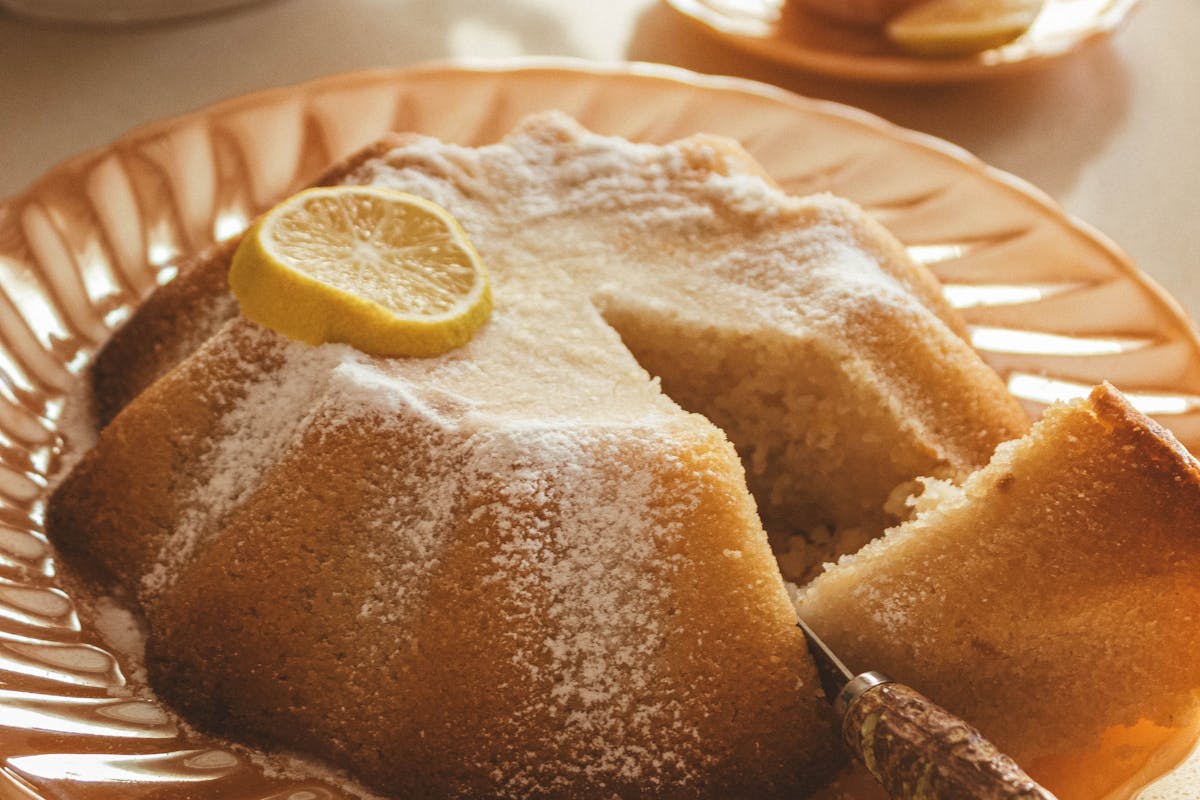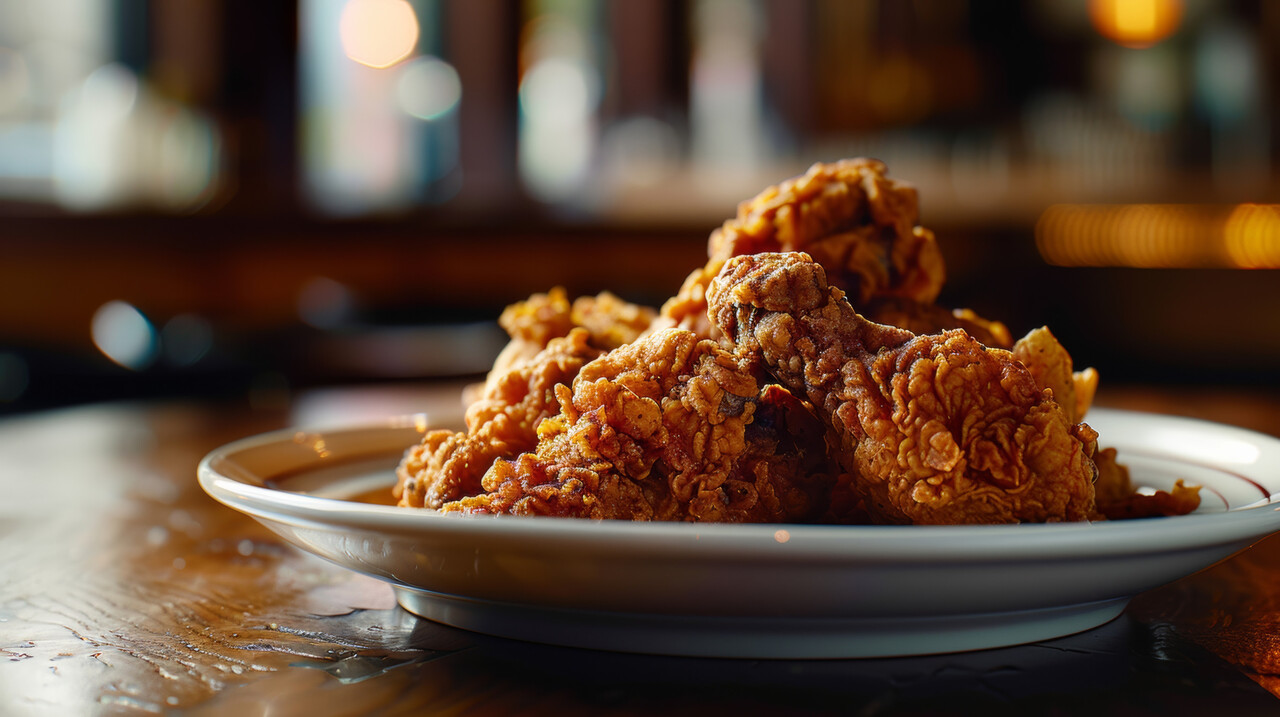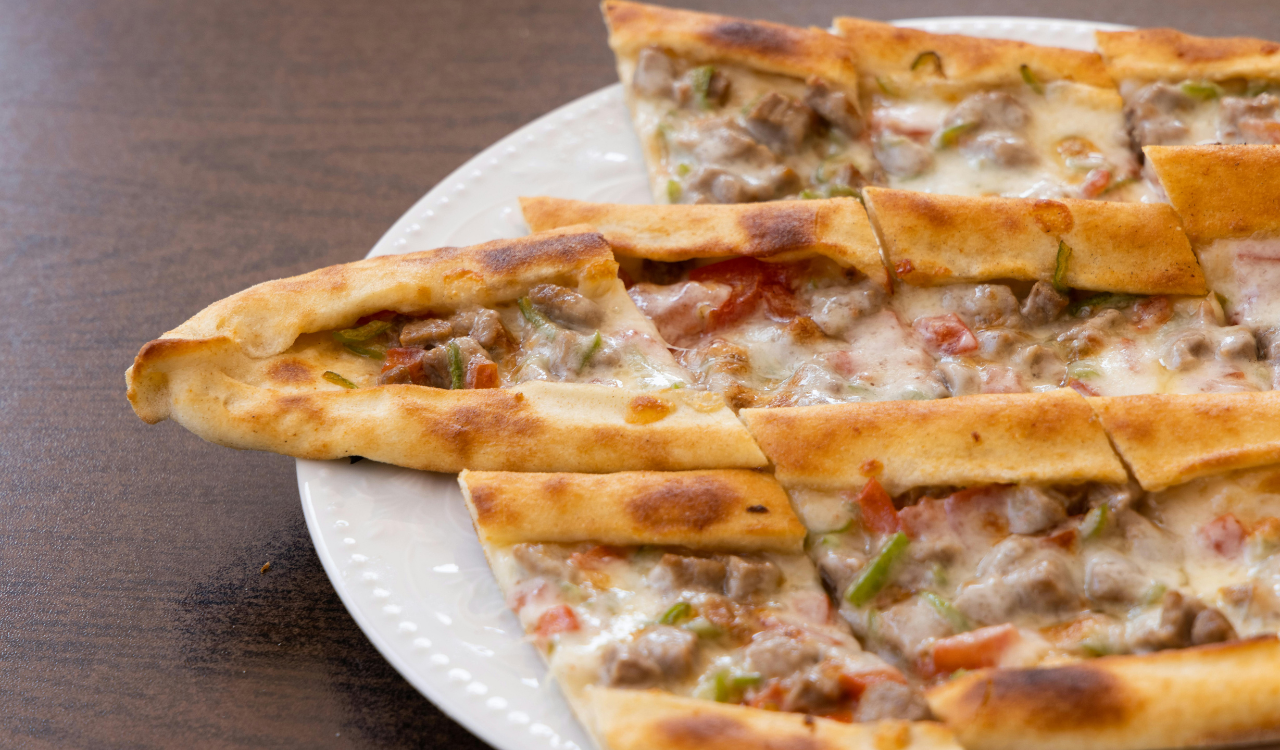What Barbecue Reveals About America’s History
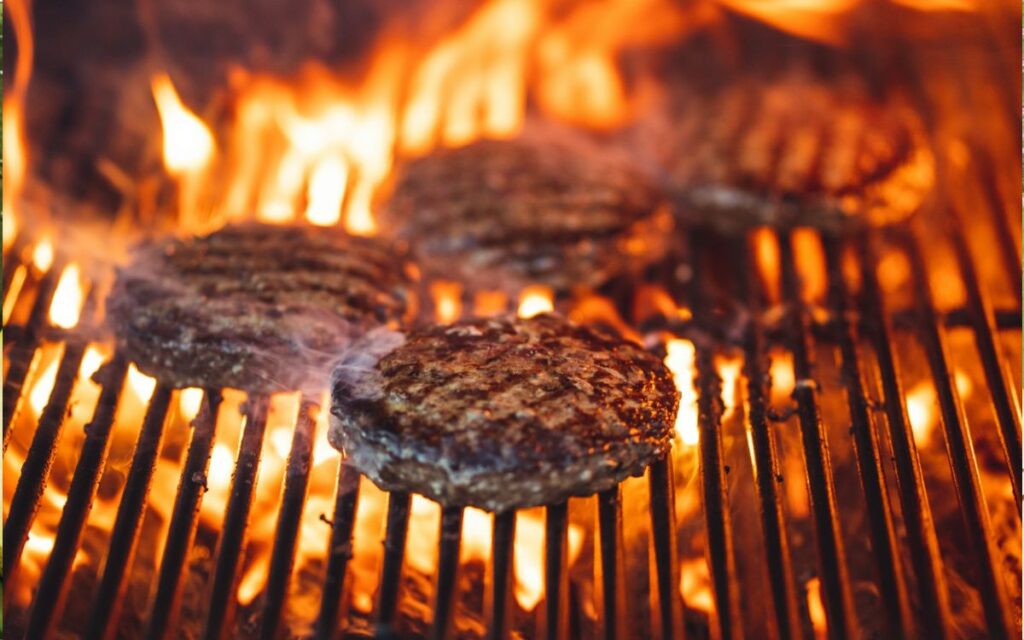
Barbecue is more than a way of cooking. It reflects centuries of cultural exchange, labor, and adaptation. Indigenous pit-roasting methods shaped the first “barbacoa,” which Spanish explorers carried north. Enslaved Africans transformed barbecue into an art form of skill and endurance. Later, immigrants and ranching economies reshaped it again, giving us brisket, sauces, and ribs. Regional styles like Carolina whole hog, Texas brisket, and Memphis ribs tell stories of survival, community, and migration. This article explores what barbecue reveals about America’s history.
1. Indigenous Roots and Spanish Encounters
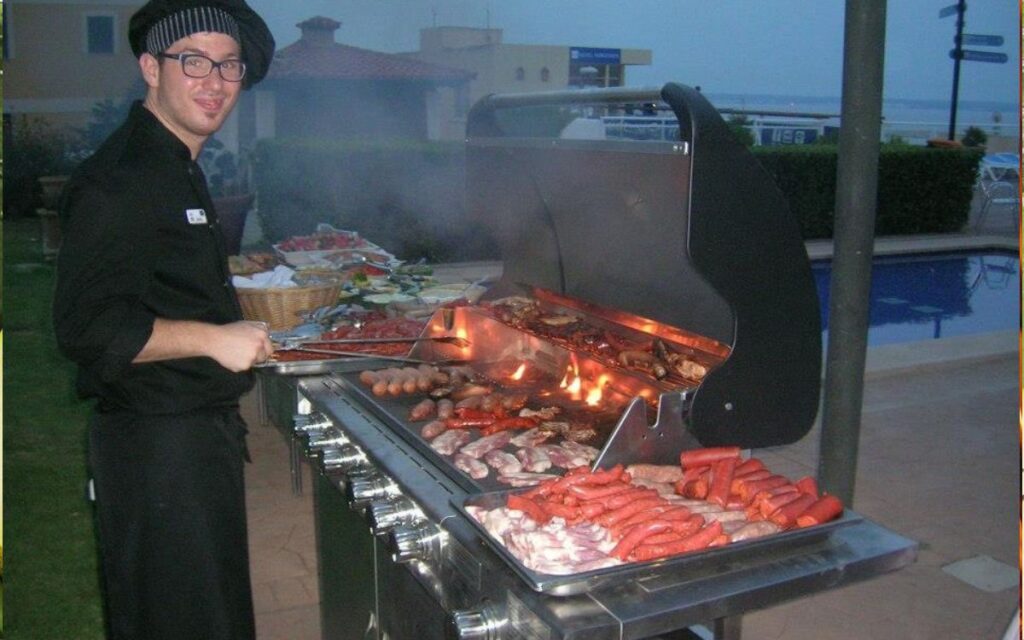
Indigenous peoples perfected pit-roasting methods to preserve meat and enhance flavor. Spaniards adopted these techniques, naming them “barbacoa,” and introduced livestock such as pigs and cattle. The blending of Indigenous cooking with European foods created the basis for what later became barbecue in North America. This was an early example of cultural exchange, where different peoples influenced one another’s survival strategies. From this meeting point, American barbecue began its long evolution into a food tradition with deep roots.
2. Enslaved Africans and the Rise of Pitmasters
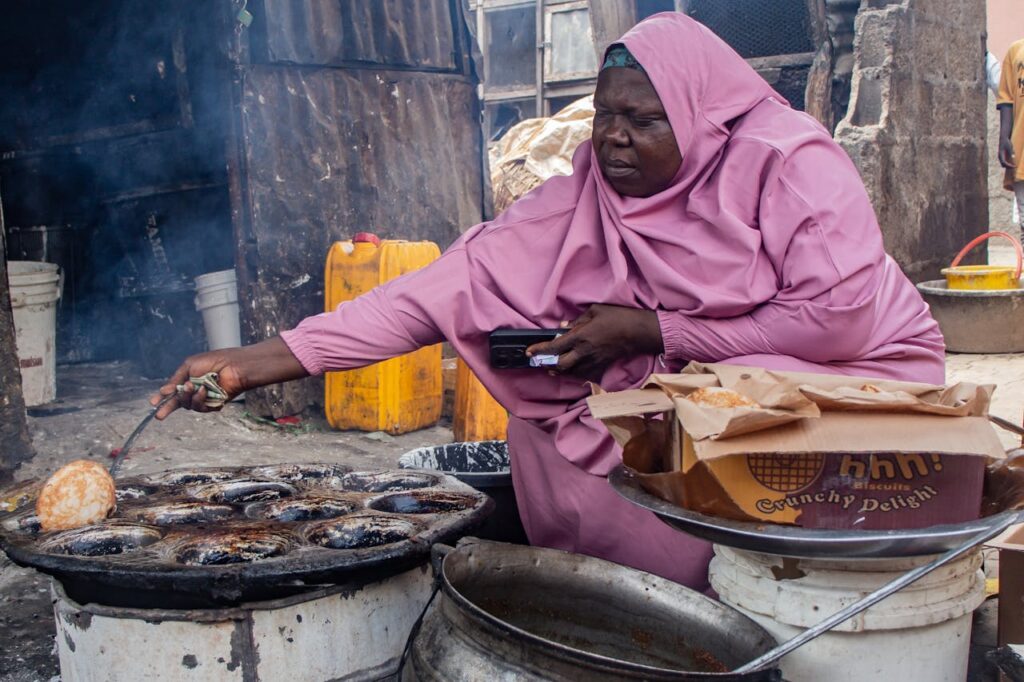
Barbecue in the American South owes much to enslaved Africans who became masters of pit cooking. Their knowledge of fire control, smoke, and seasoning elevated barbecue into a cultural tradition. They worked long hours tending fires and developed techniques that shaped regional styles. After emancipation, many carried these skills into their own restaurants and catering businesses. Their contributions made barbecue both a livelihood and a symbol of endurance. African American pitmasters remain at the heart of barbecue’s history.
3. Carolina Whole-Hog Traditions
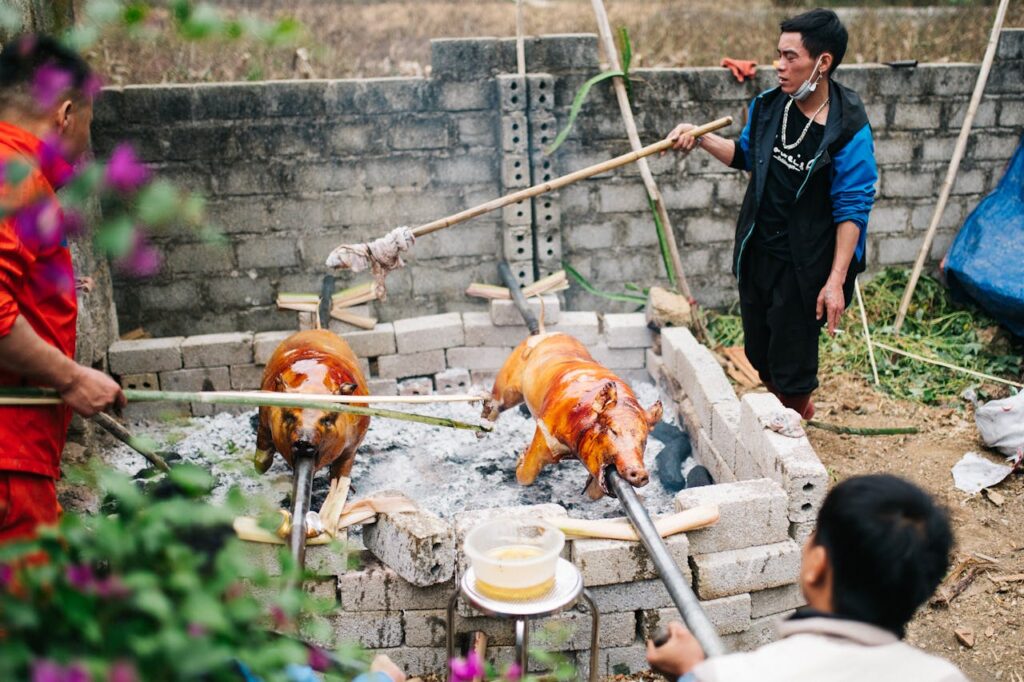
Carolina barbecue is built on the whole-hog tradition. An entire pig is cooked slowly over coals until tender, then served with distinct sauces. Eastern Carolina uses vinegar and pepper, Western Carolina mixes vinegar with tomato, and South Carolina features a mustard-based sauce known as “Carolina Gold.” These variations show how local resources and immigrant influences shaped regional tastes. Pork became the meat of choice because it was abundant and practical, while whole-hog feasts anchored social and political life.
4. Texas and the Brisket Revolution
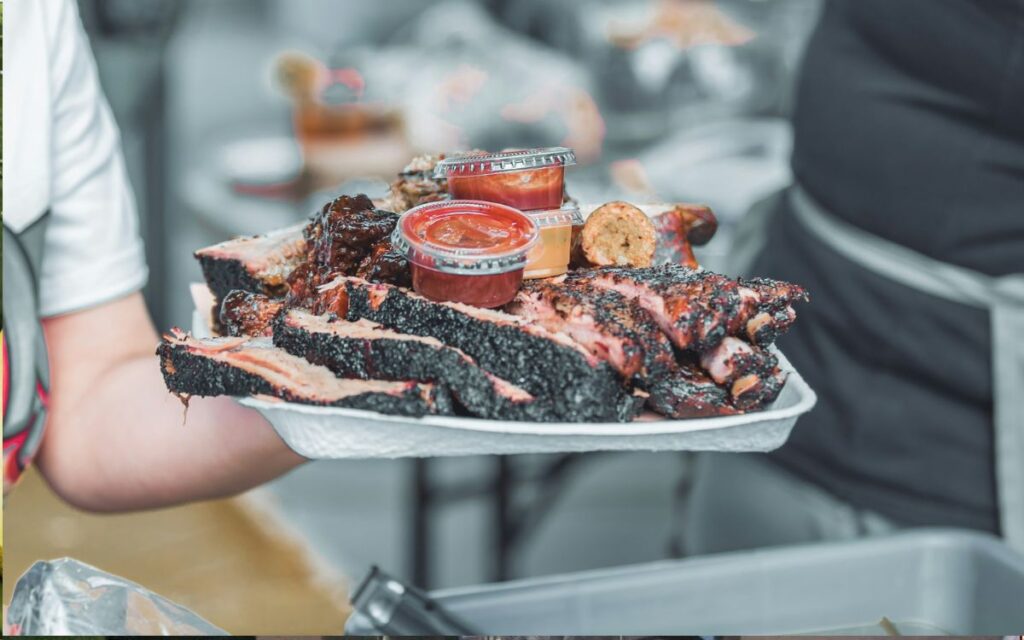
Texas barbecue is famous for beef, and brisket is its star. The rise of cattle ranching made beef plentiful, while German and Czech immigrants introduced smoking and sausage traditions. Central Texas pits highlight simple rubs and oak smoke. East Texas barbecue leans toward sauced and tender preparations, while South Texas maintains Mexican barbacoa. This diversity reflects the mix of cultures in the state and shows how immigrant knowledge, local resources, and ranching shaped Texas barbecue into a global icon.
5. Kansas City and Memphis: Urban Innovation
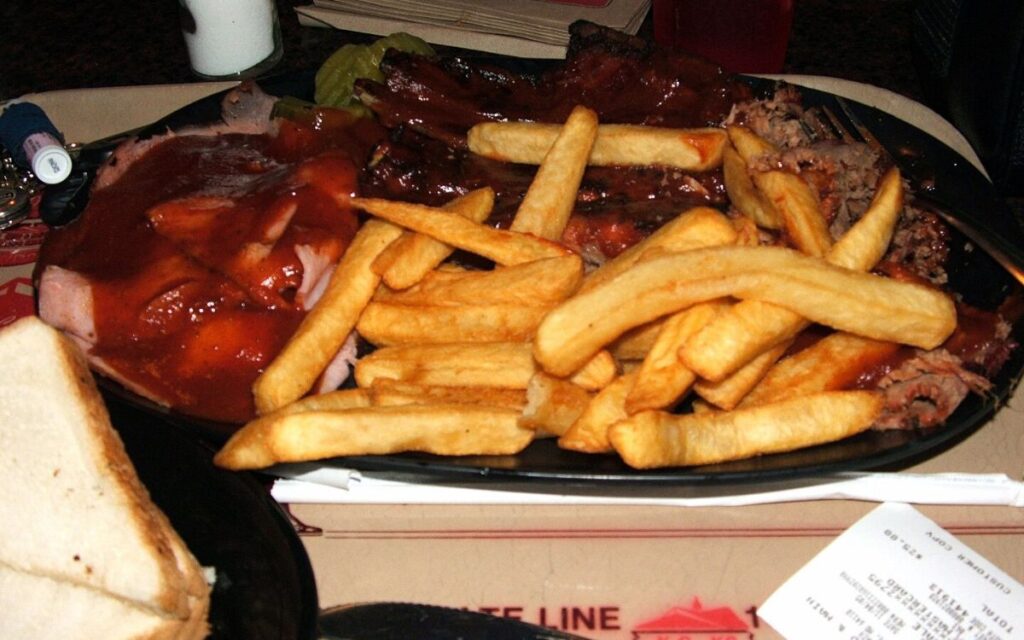
Urban barbecue flourished in Kansas City and Memphis. Kansas City developed a sweet, thick tomato-molasses sauce and embraced many different meats. Memphis became known for dry-rub ribs, with pitmasters offering both sauced and unsauced versions. Henry Perry and other entrepreneurs turned barbecue into a thriving business, making it a staple in urban life. These cities show how migration and commerce spread barbecue traditions, turning them into national symbols and creating a lively culture of competition and innovation.
6. Community, Politics, and Commercialization
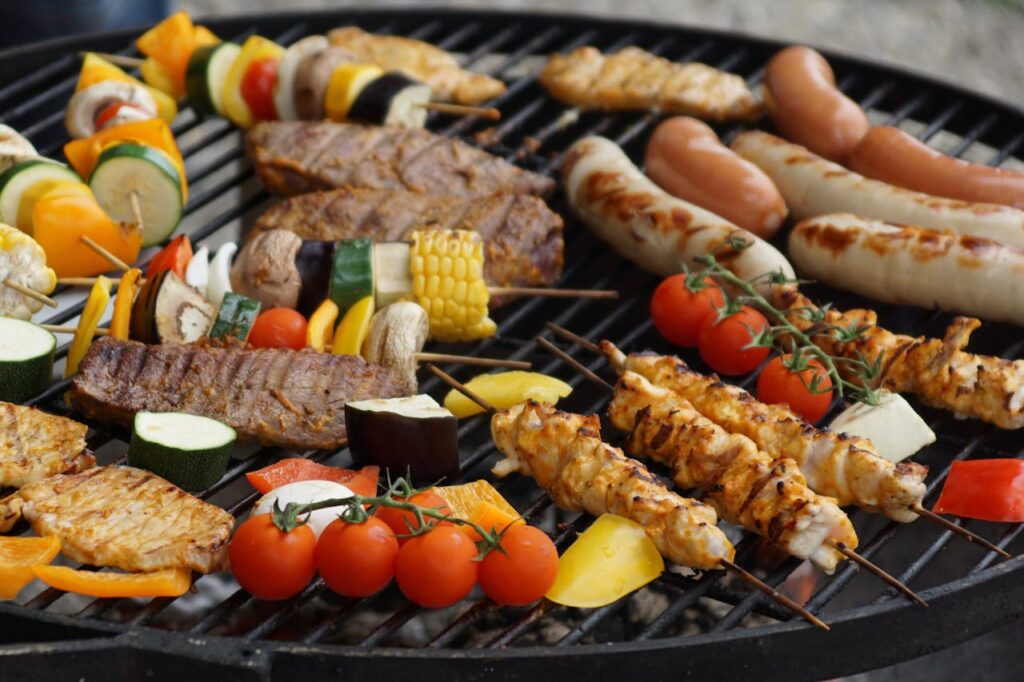
Barbecue has long served as a symbol of community and politics. Towns held pig pickings to celebrate milestones, and politicians used barbecue to attract crowds and show connection to voters. In the 20th century, roadside restaurants and bottled sauces made barbecue widely available. National competitions and franchises spread regional flavors far from their origins. This growth brought fame but also raised concerns about authenticity and cultural credit. The story of barbecue today reflects both its local roots and its national reach.
7. The Barbecue Competition Era
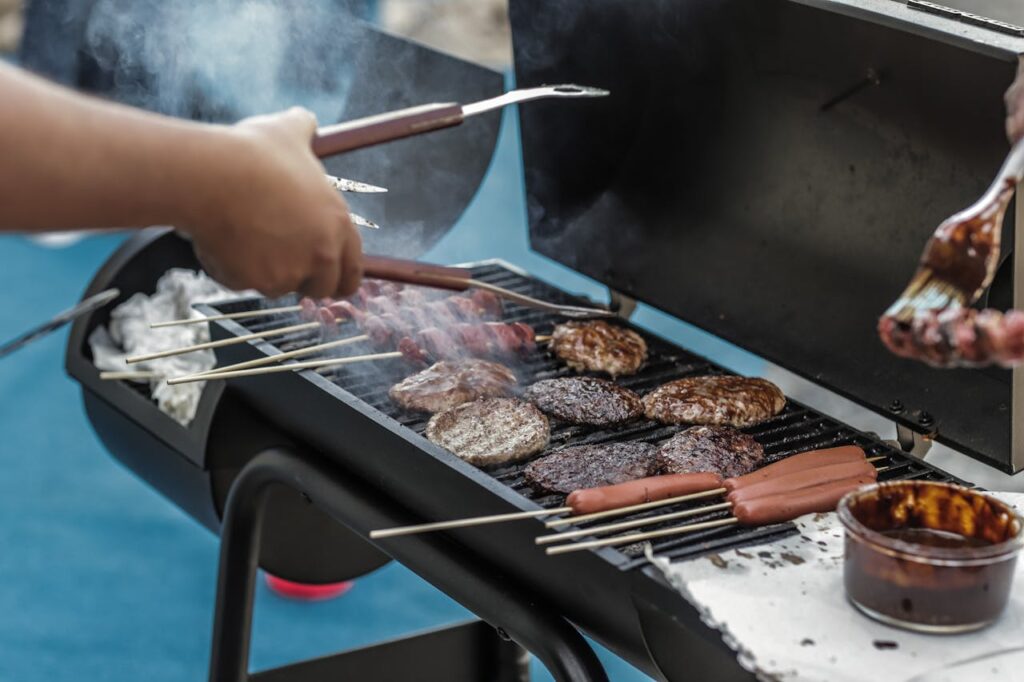
Barbecue competitions grew into cultural landmarks, with events such as Memphis in May and the American Royal drawing thousands of participants and fans. These contests tested ribs, brisket, chicken, and sauces, setting national standards and sparking rivalries. Competitions helped professionalize barbecue, turning pitmasters into recognized personalities and spreading techniques through media coverage. By showcasing both regional traditions and innovation, the competition circuit made barbecue more visible, while also raising debates about authenticity, technique, and what defines the best barbecue.
8. Barbecue in Popular Culture and Media
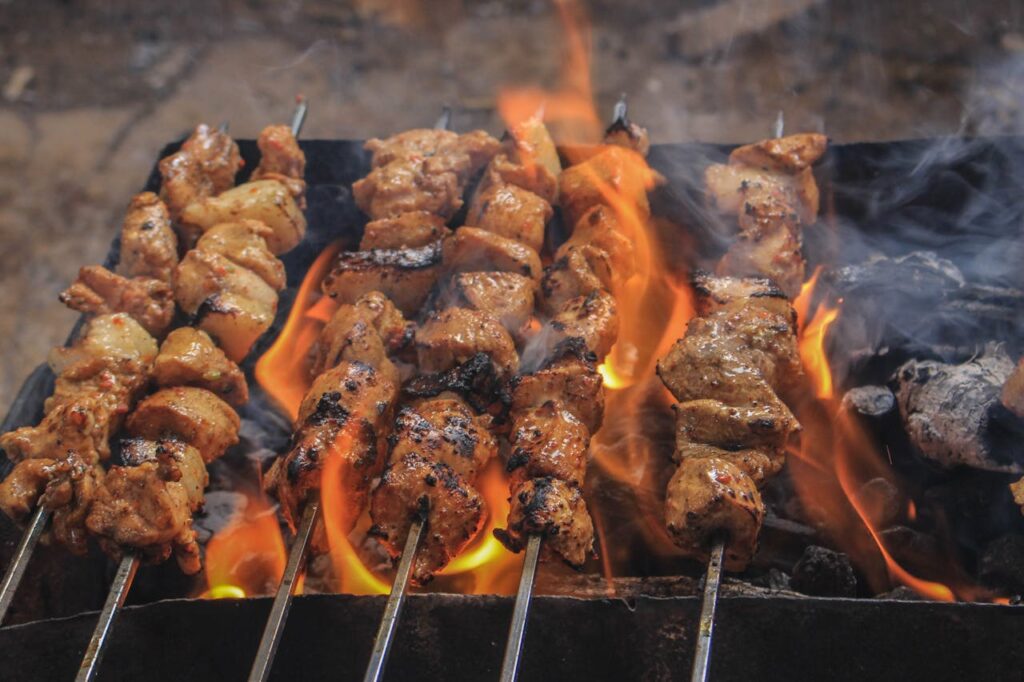
Barbecue has become a powerful symbol in American popular culture. Cooking shows, documentaries, and food media highlight pitmasters and traditions, while restaurants use barbecue to market heritage and nostalgia. YouTube channels and social media make techniques more accessible, turning barbecue into both entertainment and instruction. This visibility spreads awareness but also risks oversimplifying history. Media depictions celebrate barbecue’s richness yet often gloss over its complex roots, showing how food culture balances storytelling, commercial appeal, and authenticity.
